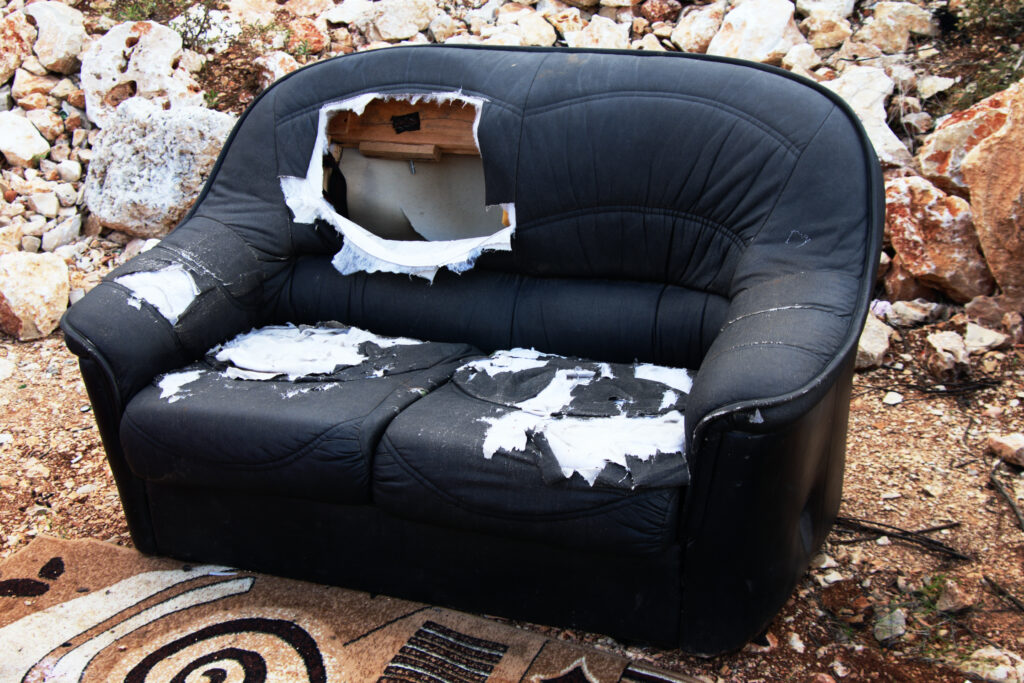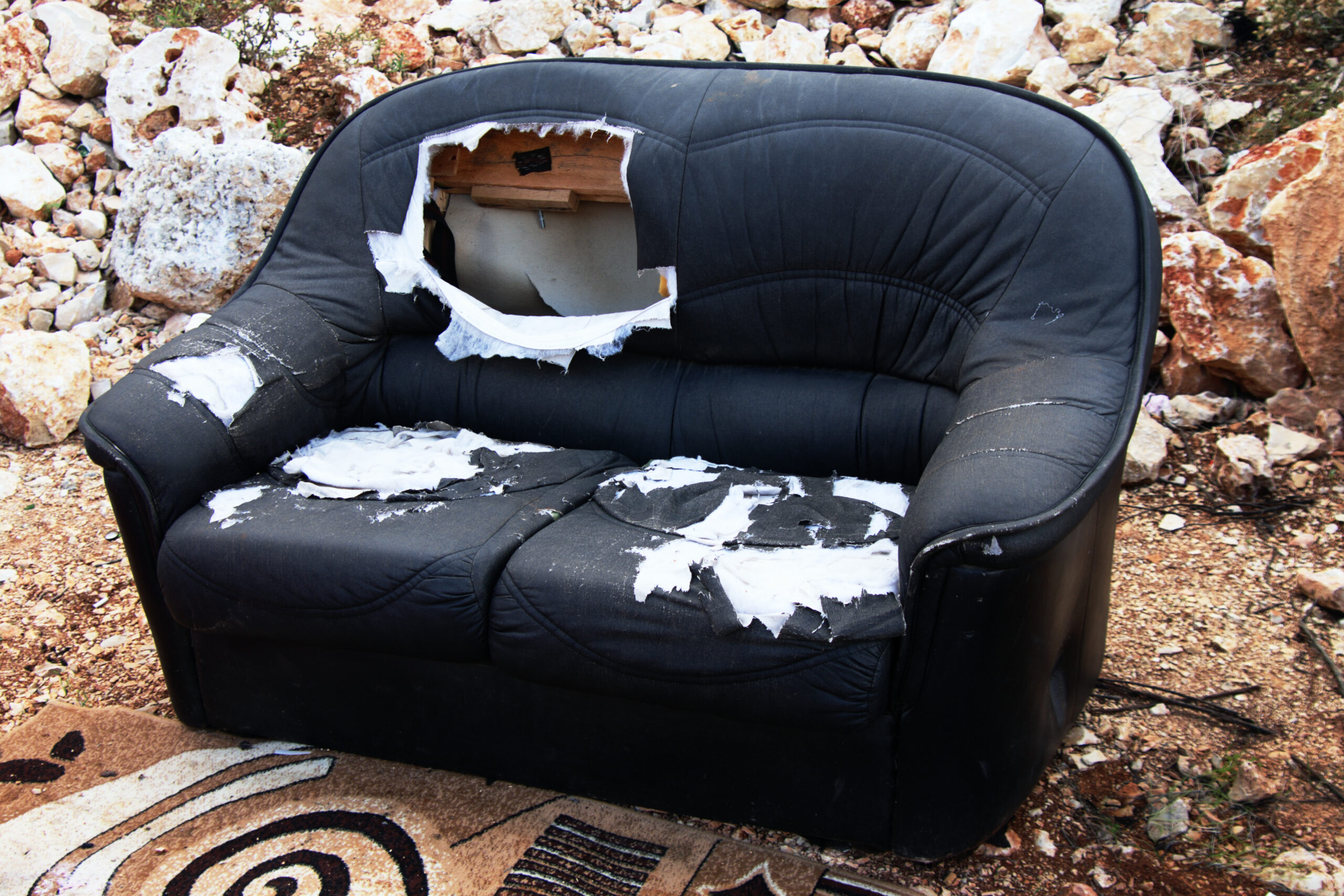Our Blog
Why Were POPs Banned? A Guide to the New Legislation

Posted 9 months ago
It is imperative, now more than ever, to ensure that we are taking care of our environment the way we expect it to take care of us as a human race. One way that we have managed to contribute to ensuring that our environment can thrive is through the banning of POPs.
Persistent organic pollutants (POPs) are a group of hazardous chemicals that pose a significant threat to human health and the environment. Due to their toxic nature and ability to accumulate in living organisms, they have been linked to a range of adverse health effects, including cancer, reproductive problems, and neurological disorders.
In an effort to protect public health and safeguard the environment, the use of these hazardous chemicals has been banned under the Stockholm Convention, an international treaty signed by 182 countries.
The Stockholm Convention on POPs is a global treaty to protect the health of humans and the environment from the chemicals that remain in the environment for long periods and that can then, as a result of this, become widely distributed. These chemicals begin to accumulate in the fatty tissue of both animals and humans, resulting in ill health.
What Are POPs?
In the past, POPs were used in various products, including pesticides and industrial chemicals, which were then released during agricultural and chemical processes. According to Gov.UK, “You can only use material or products that contain POPs in the specific exceptions to the ban explained in this guide.” (“Using persistent organic pollutants (POPs)”) The guide that is being referred to can be found here.
As mentioned above, they are organic chemicals that resist degradation in the environment, meaning they persist for long periods. They can accumulate in the fatty tissues of animals, including humans, and travel long distances through air and water currents.
Which items contain Persistent Organic Pollutants?
Waste domestic seating is any seating item from households or businesses that is waste. Upholstered domestic seating may contain persistent organic pollutants, such as sofas, sofa beds, armchairs, futons, bean bags, and sofa cushions. Any part of the furniture containing leather, synthetic leather or foam is also included in this.
Items that are not upholstered would not contain these hazardous chemicals, including deck chairs, or items that are newly manufactured that can be proven by the manufacturer to not contain them.
POPs may also be found in items such as waste electrical and electronic equipment (WEEE) which may include:
- Office equipment – non-household type such as photocopiers and printers
- Printed circuit boards
- Cables and granulated cable plastics
- Plastic cases from display devices (flat panel displays and cathode ray tubes)
Why Did the Legislation Change?
It’s true that with the increase in technology and with living in the information age, there has been growing scientific evidence of the harmful effects of POPs on human health for a few decades now. This was what prompted the need for international action.
In 2001, the Stockholm Convention was adopted to eliminate or restrict the production and use of persistent organic pollutants. The convention has been updated periodically to address new scientific information and emerging concerns. There are new hazardous chemicals added to the list when they are discovered, and thus, the list is being kept up-to-date.
How to Manage POPs in Waste
Proper management of POPs in waste is crucial to prevent their release into the environment, as we have discussed above. This includes identifying and segregating waste, using appropriate disposal methods, and ensuring that waste treatment facilities are equipped to handle these hazardous chemicals safely.
We all have a duty of care and a responsibility to know if our waste material contains persistent organic pollutants so it is always a good idea to educate ourselves on this topic. If you are unsure whether or not your waste contains POPs, you can ask the supplier or manufacturer of the material, and test the material yourself to see if it contains them.
Sort and store POPs waste safely and securely
If you need to get rid of your POPs-containing waste, there are a few steps that should be taken in order to avoid mixing your POPs waste with other waste during storage, collection and treatment. If the two types of waste are mixed, you would need to treat the waste as POPs waste.
It is also vitally important that you are able to describe and classify the POPs waste, as per your duty of care. You need to ensure that you include ‘POPs’ in the description, too.
When you must destroy the POPs in waste
If the POPs in the waste are at or above the concentration limits listed in the concentration limits table, the waste is known as POPs waste and this is when you would need to destroy the POPs in the POPs waste.
Here are a few ways you can manage waste:
- Get the hazardous material removed from the waste
- Get the POPs content of your waste destroyed
There is guidance from Gove.UK that you can access that will give you the information you need on how to do this efficiently and safely. It also explains when the outputs from your process are POPs waste and how concentration limits are applied to them.
Contact Hurley’s Skip Hire on 0800 883 0426 for expert advice on waste today!
< Back to Blog

